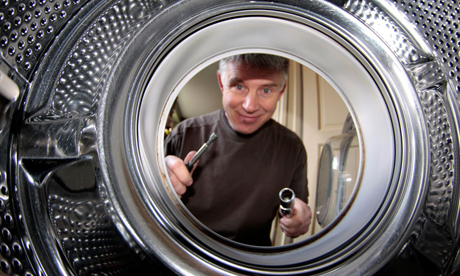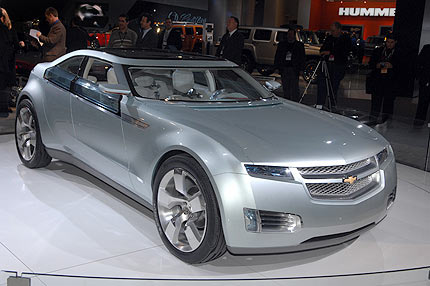
Last Monday, Congressman Ed Markey spoke at a Boston Chamber of Commerce luncheon in downtown Boston. The Congressman made a point to mention the Waxman-Markey bill currently being debated in Congress, and illustrated how this bill would specifically create clean energy jobs in Massachusetts. Of course, the actual impact is still undetermined considering the bill has yet to pass both houses of Congress. Nevertheless, this important piece of legislation could determine where the US stands on climate change efforts moving forward. Surprisingly however, Congressman Markey referred to nuclear energy as a strong component to this legislation, a component that may be even stronger than wind or solar power. While nuclear energy is debatably “clean” [http://www.nei.org/keyissues] from a CO2 standpoint, it is not clean from a nuclear waste standpoint. In fact, the National Repository at Yucca Mountain in Nevada is already scheduled to receive a back log of 150 million pounds of spent nuclear fuel (DOE) and it’s already at its capacity and continues to be stuck in legal limbo. To suggest that additional nuclear energy facilities are somehow a miraculous solution ignores the trading of one waste for another. Focusing on clean, renewable energy is the only way to a truly greener environment and the only way to genuine green job creation in Massachusetts.

 Recently, Congress decided that
Recently, Congress decided that 





 “If you’re readying a resume, it might help to use recycled paper. The clean-tech and green industries in Massachusetts are hiring.”
“If you’re readying a resume, it might help to use recycled paper. The clean-tech and green industries in Massachusetts are hiring.”
